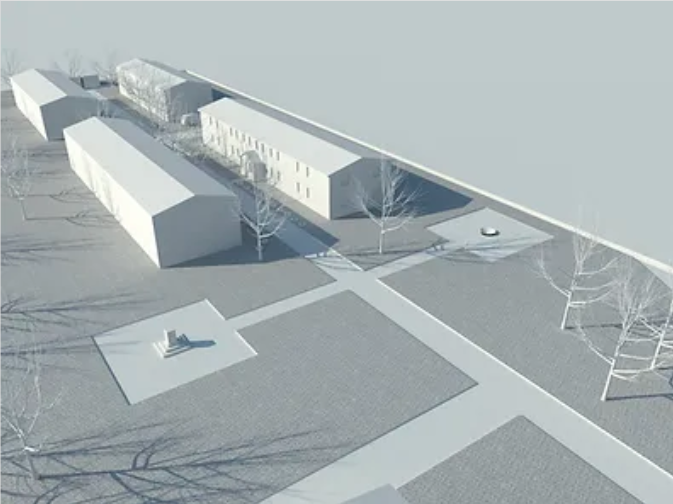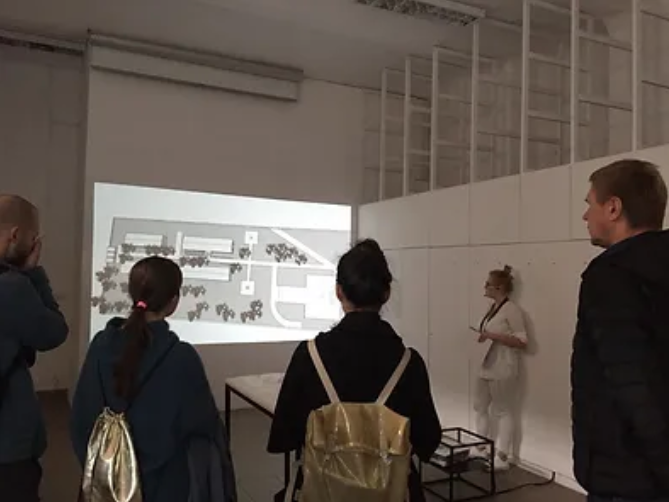The discovery of one of the districts of Jelenia Góra (Poland) encapsulates the issues of Polish national memory on a microscale. The district, which once held a concentration camp within its boundaries, is a post-traumatic space. More than 32 families live there today. Studying the visual aspects of both the camps and the modern residential area architecture reveals deep ties between the modern-day landscape and the historical trauma that permeates it. Differences in the architecture of these two periods reveal how the local residents’ identity was being built. The purpose of this project is to ask whether the lack of cues that would connect the modern-day community to the space unique history is laying a false fundament that makes it more difficult to cope with the trauma, or whether, perhaps, it liberates the community from the traumatic memories hegemony, allowing them to reclaim the space and define it as they wish, leaving history behind.
The well’s design is a symbolic exoneration of the negative housing zone.
The water drawn out of the well is natural mineral water with healing powers. Their presence is a perverse sign of changeable nature, almost following the pattern of the inhabitants of the district. The well is made of granite (prisoners of the camp worked on the extraction of this stone), and at the same time it is the principal ingredient of mineral water.
Work shows the area from 1944 (during the existence of the concentration camp) and images of the district of the “Fampa” at Wojewódzka Street in 2018.
https://www.jagodakwiatkowska.pl/

